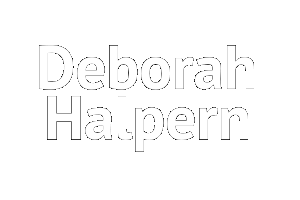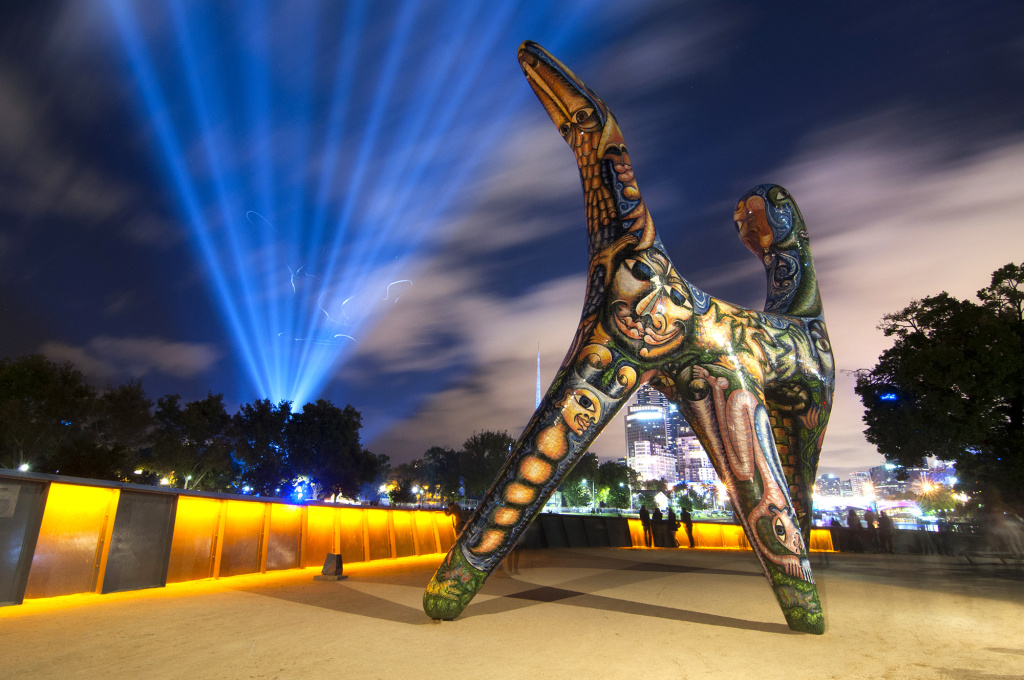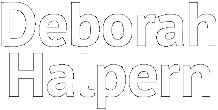Sculptures find new street cred
The Age | 7 January, 2006
With Docklands’ developers operating with a mandatory requirement of committing 1 per cent of their budget to public art, $12 million has already been devoted to the urban art program there, a figure expected to reach $30 million.
Bronwen Coleman, director of urban art at VicUrban, which manages Docklands, has an unprecedented budget, courtesy of the scale of the multibillion-dollar waterways development, and has engaged some established Australian artists “to make public space a stimulating and cultural experience”.
Some artists don’t like working on commissions, which usually come with rigid briefs, and others think the 10 per cent slice of the total budget isn’t worth the trouble, but others, such as Bruce Armstrong, who continues to exhibit, embrace the challenge.
The deputy Lord Mayor of Melbourne, Gary Singer, who holds the arts and culture portfolio that this year will see a total of $400,000 committed to public art, is effusive about the city’s CBD program.
He refers to Pam Irving’s bronze dog, Larry Latrobe, in City Square, “which is loved because people love animals”; Alison Weaver’s and Paul Quinn’s Three Businessmen Who Brought Their Own Lunch: Batman, Swanston and Hoddle in Swanston Street, “which is simple and you have to have a mix”; and Simon Perry’s Public Purse in Bourke Street Mall, “which has a common denominator”.
More recent projects are aimed “at creating something for the future, the next 200 years”, Singer says. They include the soon-to-be completed The Travellers, a $3 million State Government-funded installation managed by the MCC, for Sandridge Bridge, which reflects the story of Victorian migration through a dozen 7.5-metre-high stainless steel figures that move across the bridge in a timed sequence.
The Travellers, plus the $1 million joint government and MCC venture Common Ground, which includes a pathway, campsite and performance space acknowledging Aboriginal history at Birrarung Marr, will be completed in time for the Commonwealth Games, and also Deborah Halpern’s Angel, formerly in the moat outside the National Gallery of Victoria, is to be relocated to Birrarung Marr.
As with the Docklands, the MCC is required to commit 1 per cent of its capital works program to art. Carol Atwell, from Brecknock Consulting, a public art consultant, was instrumental in writing the MCC’s public art policy in 1992, and says the proliferation of public art is the result of many factors starting with weekend trading in the mid-1990s.
Author Ken Scarlett says “one of the challenges in this time of globalisation is not to lose sight of our Australian character. Artists must continue to forge our national identity, like Deborah Halpern, who embraces Australian larrikinism.”
He warns a problem with Melbourne’s proliferation of public art “is that public works of art that are liked and popular can trivialise the art form, like The Three Businessmen Who Brought Their Own Lunch, which is low-grade caricature which makes fun of what’s supposed to represent three of our forefathers”.
Scarlett refers to Petrus Spronk’s 1992 basalt sculpture Architectural Fragment outside the State Library as ideal because it relates to the building as well as being a meaningful sculptural entity”.
The head of public art at RMIT, Geoff Hogg, stresses that public art “should be seen as a diverse set of practices coming out of sometimes contradictory environments which reflect and interpret a range of emerging Australian identities”.
He cites the municipality of Hume, where Afghan/Australian artist Aslam Akram has designed a calligraphically based set of works for the Dallas Shopping Centre in Broadmeadows, and where artist Robert Owen has contributed to the design of the Craigieburn bypass.
Public art in Frankston is gaining ground also. Last year, in a $230,000 two-year joint project with the State Government, artist Louise Lavarack’s Sight Line was unveiled at the Frankston pier, a progression of 22 painted, galvanised 4.5-metre-high steel poles containing light strips and topped with wind vanes.
In St Kilda’s O’Donnell Gardens local Aborigines sit and chat on the bronze milks crates designed by local artist Julie Shiels, who won this year’s contribution to urban art for the City of Port Phillip Design Development Awards.
In 1980, when Robertson-Swann challenged the public with Vault, he lost. Now the wealth of public art in Melbourne has raised standards for artists and the public alike, and finally he can flirt with a dream – to achieve a Docklands commission for a Vault look-alike. “Why not?” asks the artist, who calls himself “the least commissioned artist in the nation”.
© 2015 The Age | This article first appeared in The Age on 7 January 2006.






